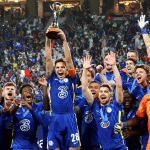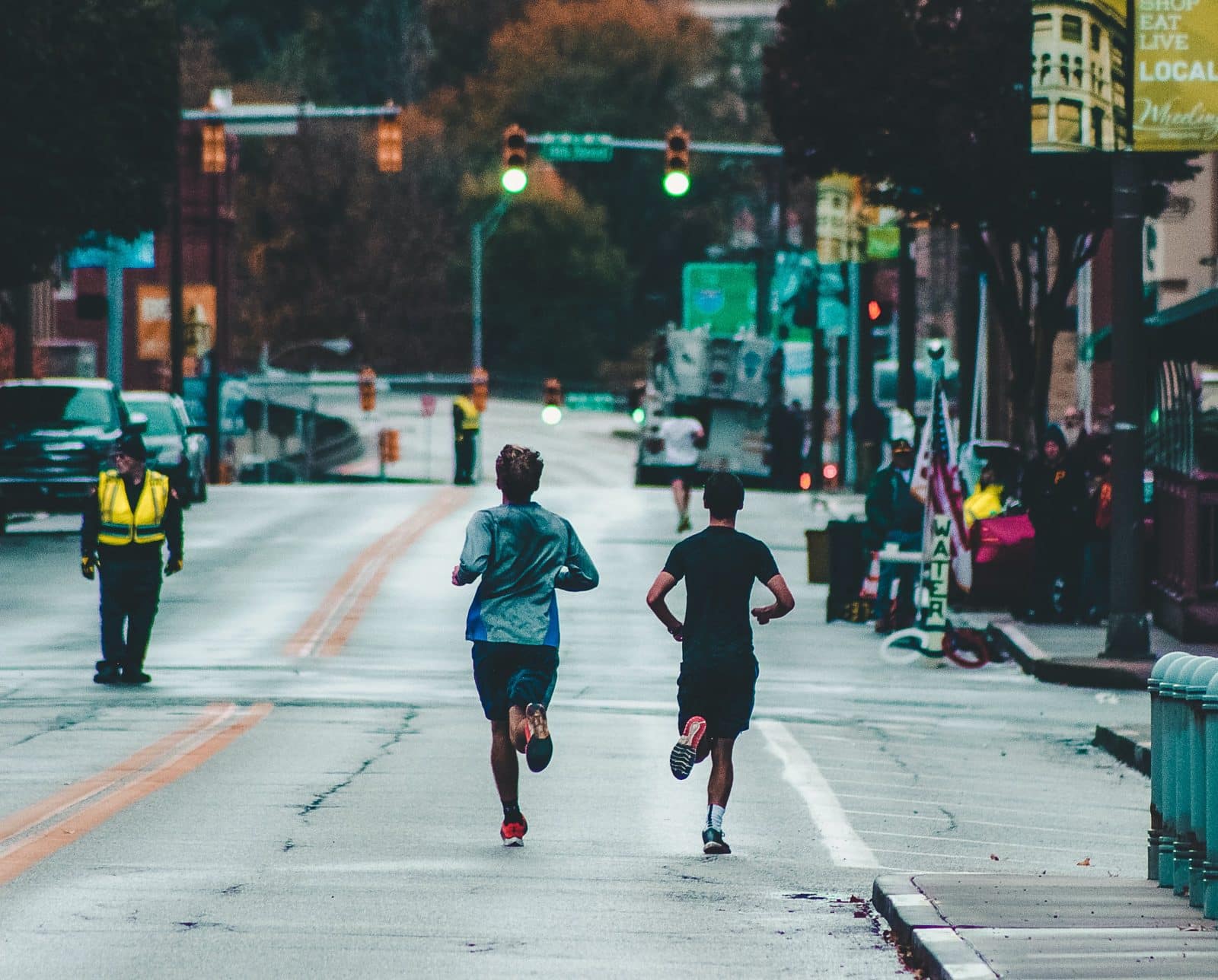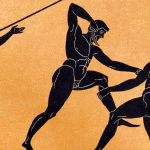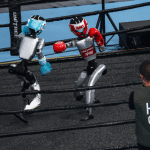The marathon stands as a testament to human endurance, its very name echoing the ancient Greek legend of Pheidippides’ long-distance run from the Battle of Marathon to Athens. Over the years, the event has been etched into the annals of history not only as a sporting challenge but as a symbol of the triumph of willpower over physical limitations.
Originally conceived to honor heroic endurance, the marathon was introduced in the modern Olympic Games in 1896. It was a distance of roughly 40 kilometers, a reflection of the ancient feat it aimed to replicate. It wasn’t until the London Olympics in 1908 that the distance was standardized to the 26.2 miles (42.195 kilometers) we know today, a change that has been adhered to by events worldwide.
The popularity of the marathon has been cultivated by the stories of extraordinary individuals whose feet have pounded its pavements. In 1967, Kathrine Switzer became the first woman to run the Boston Marathon as a numbered entrant, challenging the gender barriers that had long been in place. Her historic run was marked by an official’s attempt to physically remove her from the race, an incident that has been immortalized in photographs and which served as a catalyst for change in the sport.
Iconic moments have been witnessed as world records have been broken and then shattered again, reflecting not just the advancements in training and nutrition but also the unyielding human spirit. The marathon has been a stage for legendary athletes, from Abebe Bikila running barefoot in Rome to the phenomenal Eliud Kipchoge breaking the two-hour barrier in a special event in Vienna, although not officially recognized as a world record due to the conditions of the run.
The influence of the marathon extends beyond the tape at the finish line. Charities have been bolstered by millions raised through marathon running, with participants often driven by causes as much as by competition. The event has become a communal endeavor, a shared struggle against the distance that unites professional athletes with amateurs.
However, the marathon’s true impact is perhaps most profoundly seen in the personal stories of its participants. It has been a journey of self-discovery for many, a way to test and surpass personal limits. The preparation for a marathon is often marked by months, if not years, of rigorous training, and the culmination of this effort, regardless of the race time, represents a personal victory.
In conclusion, the marathon is more than just a race; it is a cultural institution that celebrates the capacity of humans to endure and persist. Its history is a collection of personal and collective narratives, a chronicle of how far individuals and societies have come. As long as there are people willing to push the boundaries of what is possible, the marathon will continue to be a poignant symbol of the endurance of the human spirit.











